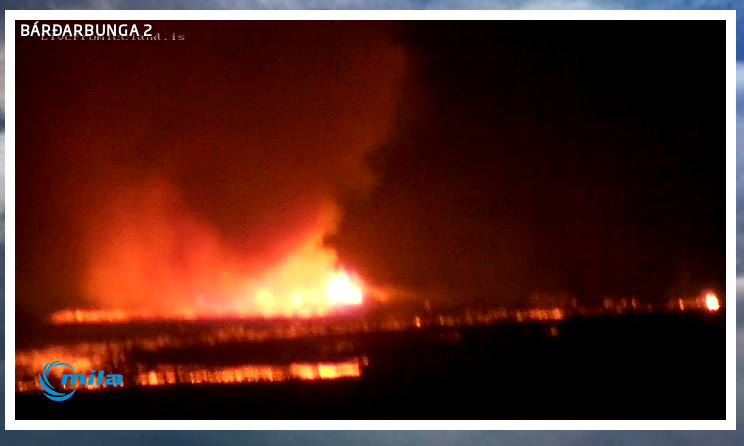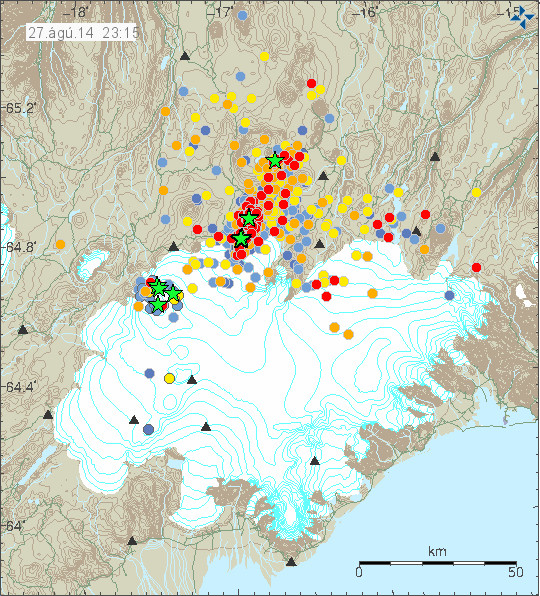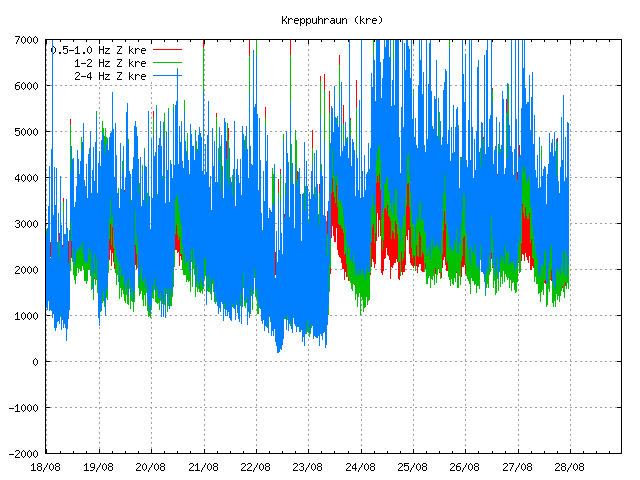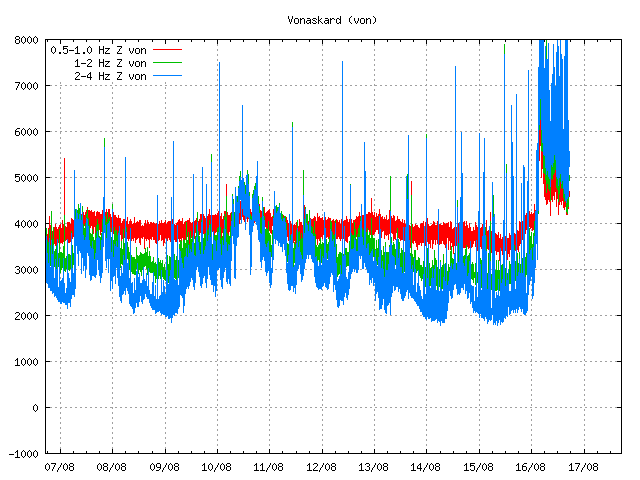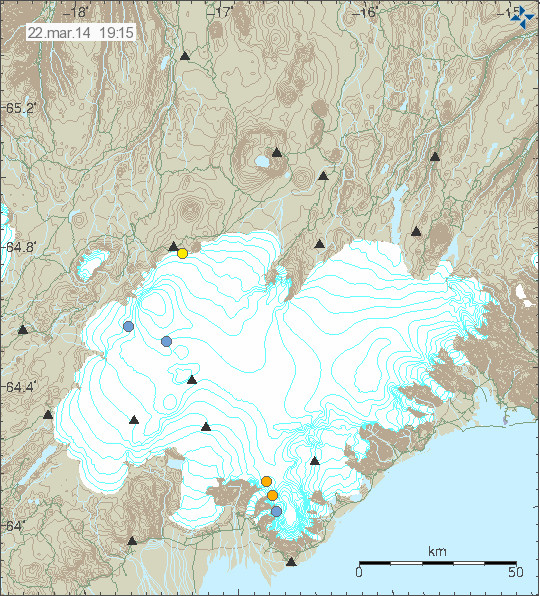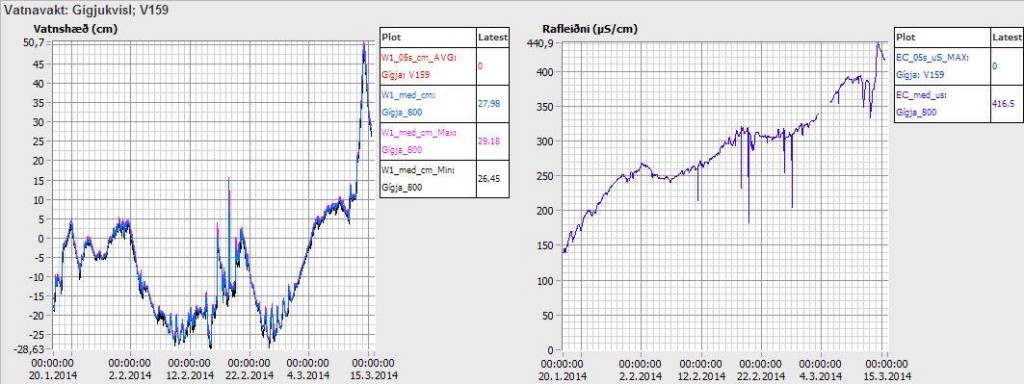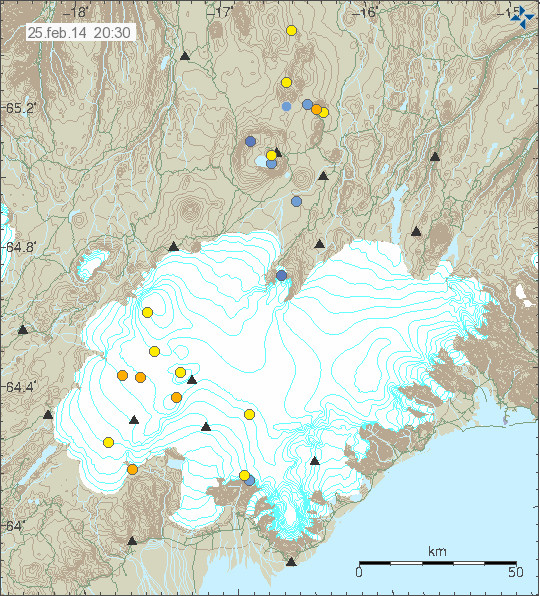This information is going to get outdated fast.
This is latest information that I got on Bárðarbunga volcano eruption. The status of the eruption and the volcano is always changing so I do not have up to date information on what is going on. The area is also remote and subject to bad weather at times and often for days.
- There is no change in the eruption it self. There is also no sign that this eruption is about to end. It has now been going on for the past four days.
- The lava field is just few days away from entering Jökulsá á Fjöllum glacier river. It has already entered smaller streams in the area. When the lava enters the river it is going to create steam explosions and small local ash clouds.
- More magma is flowing into the dyke at depth than is erupting from it. This means that there is extremely high risk of the magma breaking a new path to the surface south of current eruption. The most likely place for new eruption to start is in the rift valley that has formed.
- The rift valley that has been created continues to grow. This also shows that magma is just 2 km under the surface at the most. Large parts of this rift valley is under the glacier.
- Currently there is no explanation on why harmonic tremor increased yesterday (03-September-2014). No eruption under the glacier seems to have taken place. At least no sign of such event has been observed as of yet.
- People have been trying to enter the area in illegal way. This is extremely dangerous. Since an eruption under the glacier might start without warning, there is also risk of quick sand around this area due to all the changes that are now taking place in the crust at Holuhraun lava field.
- Bárðarbunga volcano caldera continues to have earthquakes. Largest earthquake since midnight had the magnitude of 4,8 at 03:44 UTC, second largest earthquake had the magnitude of 4,4 at 10:28 UTC. Other earthquakes have been smaller.
- There has been a slight increase in earthquake activity in Bárðarbunga volcano caldera. Most of this earthquake activity is micro-earthquakes.
- The glacier inside Bárðarbunga volcano caldera is up to 850 meters thick according to the news report I did hear today.
- Since the eruption started there has been drop in earthquake activity. Most of the earthquake activity is taking place south of current eruption in an forming rift valley at that same location.
- Eruption in Bárðarbunga volcano caldera is still a possibility and has not been ruled out. Eruption under the glacier south of current eruption has not been ruled and is expected to take place at some point in the future if the current eruption continues as it has been doing.
News bits in English and Icelandic
“Everything changes when night falls” (Rúv.is, video)
(Full) frontal breakout of Pāhoehoe lava (Rúv.is, video)
Up to 130 meter high lava fountains (Rúv.is)
Hraunið nálgast Jökulsá (mbl.is, Icelandic, picture)
Updates 04-September-2014
Evening news on Rúv, 04-September-2013. Has some great video(s) of the eruption. Second news starts at 05:50.
- Toxic gas has been measured up to 6 km above the eruption craters. Most of the toxic gas that is being released is SO2 (see Wikipedia information here). There is also some CO (Wikipedia information here) along with minor amounts of hydrogen. There is also some water vapour getting released from the lava in this eruption.
Updates 05-September-2014
- Two new fissures have opened up according to Rúv News. This new fissures are now erupting and are closer to the glacier than the fissure that started erupting almost one week ago.
Article updated at 20:48 UTC on 04-September-2014.
Article updated at 20:50 UTC on 04-September-2014.
Article updated at 21:58 UTC on 04-September-2014.
Article updated at 08:09 UTC on 05-September-2014.

